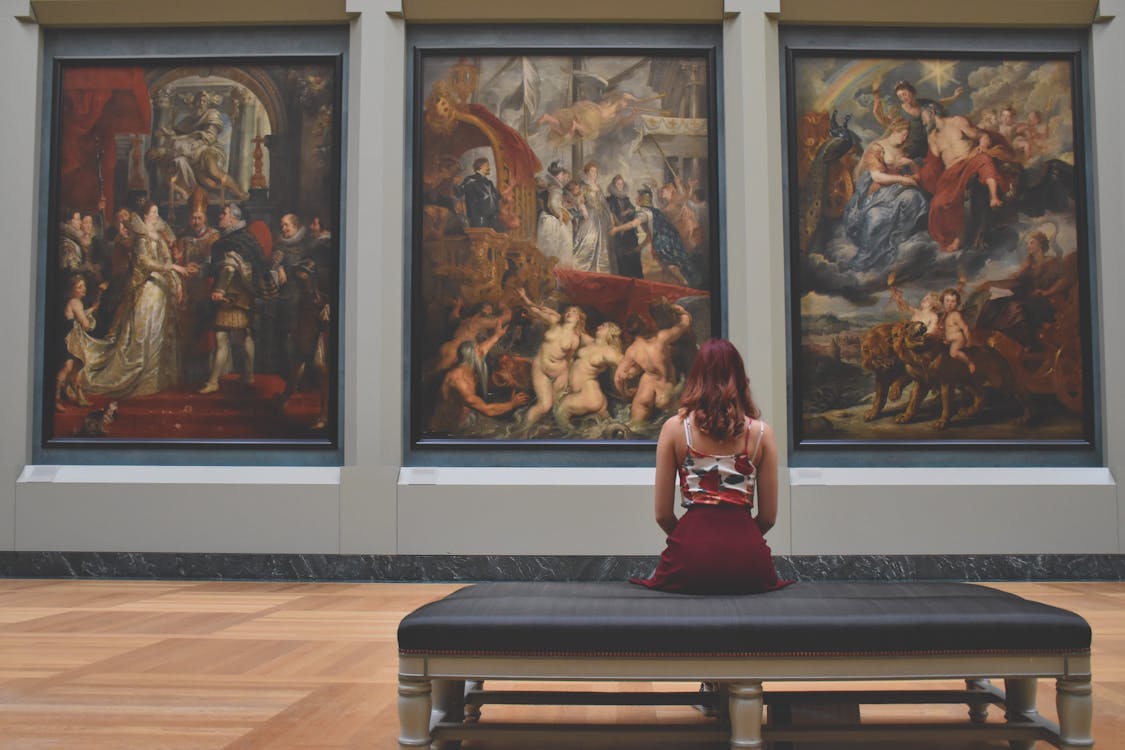Introduction
The art world is constantly evolving, and museums play a vital role in preserving and displaying this legacy for future generations. With the advent of digital technology, museums are faced with new challenges and opportunities to enhance the visitor experience and increase accessibility to their collections. This article will explore the ways in which technology is transforming the future of museums and the impact it is having on the preservation and display of art.
1: Digital Collections and Online Accessibility
One of the biggest advantages of technology in museums is the ability to create digital collections and make them accessible to a global audience through the internet. This provides greater access to collections for those who might not otherwise be able to visit the museum in person, and offers the opportunity to showcase more of a museum's holdings than would be possible in a physical exhibition.
With the use of high-resolution images and 360-degree views, digital collections provide an immersive experience for online visitors, who can explore objects in detail and zoom in to view the finer details. The ability to provide information on the history and context of each object also enhances the online experience, and allows visitors to learn more about the object and the artist who created it.
2: Interactive and Engaging Exhibitions
Another way in which technology is transforming the future of museums is by creating more interactive and engaging exhibitions. The use of augmented reality, virtual reality, and other digital tools provides new opportunities for visitors to experience art in new and innovative ways.
For example, augmented reality allows visitors to view objects in their original context, or to see how they would have appeared in their original state. This can help to bring the objects to life and provide a deeper understanding of the historical context in which they were created.
Virtual reality technology also provides new opportunities for museums to create immersive exhibitions that transport visitors to different times and places. This technology can be used to recreate historical events, or to provide a virtual tour of an artist's studio, giving visitors an intimate look into the creative process.
3: Improved Conservation and Preservation
In addition to enhancing the visitor experience, technology is also transforming the way museums preserve and conserve their collections. Digital technology provides new tools for conservators to better understand the physical and chemical properties of objects, allowing them to monitor and conserve them more effectively.
For example, digital imaging can be used to create 3D models of objects, which can then be used to study their geometry and structure in detail. This information can be used to develop new conservation techniques, or to make informed decisions about the best way to conserve an object.
4: The Future of Museums
The future of museums is bright, and technology is likely to play a significant role in shaping their evolution. In the years to come, we can expect to see even more innovative exhibitions and interactive experiences, as well as increased accessibility to collections through digital channels.
However, museums must also be mindful of the challenges that technology presents. The use of digital technology requires a significant investment in resources, including hardware, software, and personnel. In addition, there are concerns about the preservation of digital collections for future generations, and the need for museums to ensure that their collections remain accessible and usable over time.
Conclusion
In conclusion, technology is transforming the future of museums and the way we preserve and display art. With the use of digital collections, interactive exhibitions, and improved conservation techniques, museums are providing new and exciting opportunities for visitors to engage with art in new and innovative ways. As the use of technology continues to evolve, museums will play an important role in shaping the future of the art world and ensuring that our cultural heritage is preserved for
![In the Know with Informium: Discovering [The World] In the Know with Informium: Discovering [The World]](https://blogger.googleusercontent.com/img/a/AVvXsEgcDyR0p1ytrjUEjbVNRJ1Rt66C4X1HYJkQZjuSh_BLJNHQVjppjSqTkcbP2tqgWZ84RhZMkFxCHCC-SxGuMPnSww7DG8x0MVE6d7sDvaEGkbPJuvtq_uY2i7hHDjuprQUzeDt2QcAcWChEFl49Huojm3fLHYpSjoXabD75WmhgSI2yfCktm3WuB86PMQ=s150)

